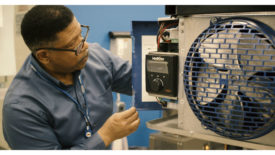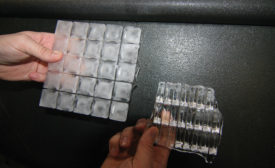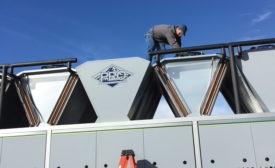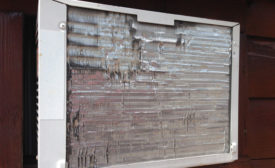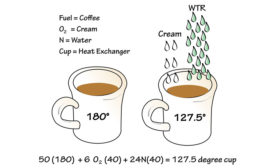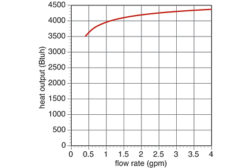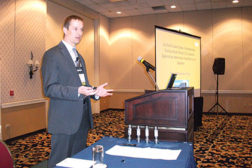Home » Keywords: » heat transfer
Items Tagged with 'heat transfer'
ARTICLES
First in series describes how temperature and pressure changes affect refrigerant
Read More
2017 AHR Expo — Education Classes
A Demonstration of Thermoboost Energy Transfer Additive at Work
January 2, 2017
Ice Breaker: The Basics of Heat Energy
Refrigeration is all about transferring heat energy from one place to another
Read More
The Professor: A Toast to Decorative Spherical Ice
Ice is a serious business, but it can also be fun and creative
Read More
Coil Technologies Keep Evolving
These heat exchangers are becoming smaller, more efficient
Read More
The Professor: The Importance of the Condenser
Condensers perform three vital functions, so keep them clean and damage-free
Read More
Heat Transfer: Nature Versus Math
Formulas and Assumptions Don’t Always Predict what Happens
Read More
Papers Ponder Ammonia, Heat Transfer
Ongoing Developments Regarding Natural Refrigerants and Continued Commitment to Refrigeration Basics
Read More
Copyright ©2024. All Rights Reserved BNP Media.
Design, CMS, Hosting & Web Development :: ePublishing
